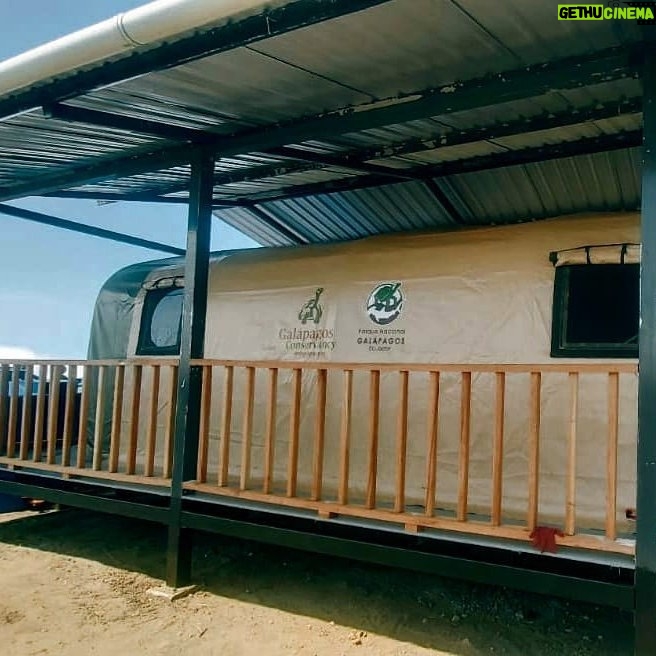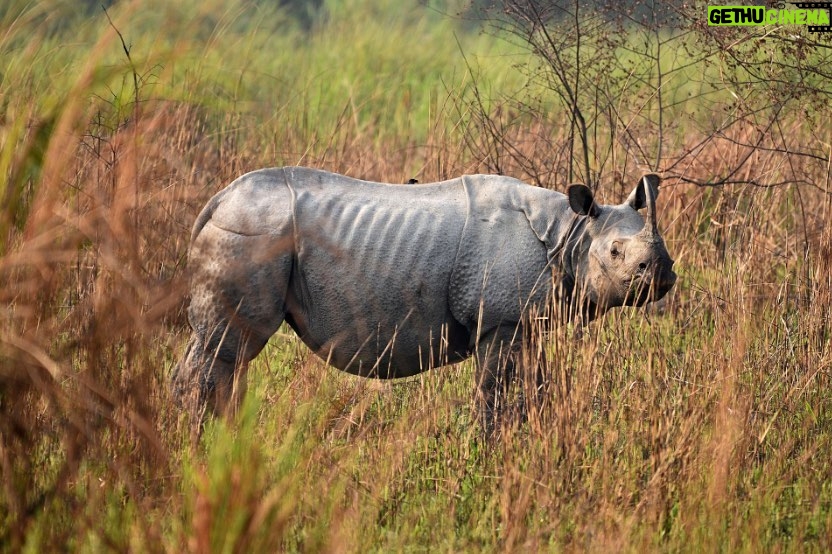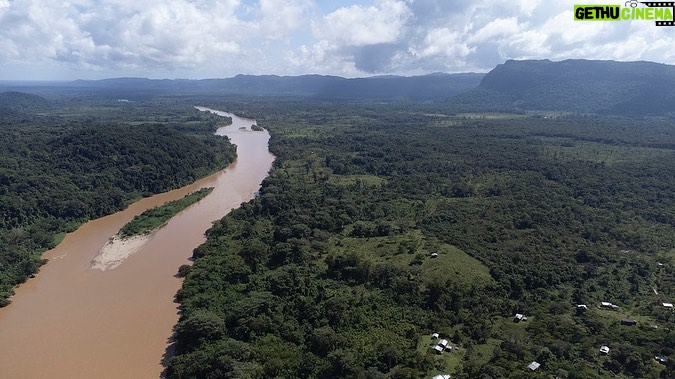Leonardo DiCaprio Instagram – Galapágos National Park Directorate (@parquegalapagos), in conjunction with other groups, has found several juvenile and hatchling Pink Iguanas on Isabela Island for the first time since the species was discovered in the 1980s. The discovery is helping our partners answer important questions about the Critically Endangered species that will help prevent its extinction.
The Pink Iguana lives atop Wolf Volcano, the tallest peak in the Galapágos archipelago. The volcano is still active, posing a threat to the species, and invasive species brought to Isabela by humans have hunted the iguanas to near extinction. In younger years, the iguana is green and camouflaged from predators, but as it gets bigger and becomes less vulnerable, it loses its pigment, giving it a pink hue from the blood vessels underneath the skin.
“This discovery is a significant breakthrough that helps us identify the pathway to save the Pink Iguana,” said Danny Rueda Cordova, director of the Galapagos National Park. “Knowing all of the threats that make the species vulnerable allows us to implement the actions—primarily against invasive species—that will allow natural processes to continue in these fragile ecosystems.”
Congrats to the national park, the park rangers in the field, and other implementing partners and individuals, including @Rewild, @fundacion.jocotoco, @galapagosconservancy, @islandconservation, @sandiegozoo, @unitorvergata department of biology, @houstonzoo, @ncstate, and @luis.ortiz.catedral | Posted on 08/Jan/2023 06:40:44







